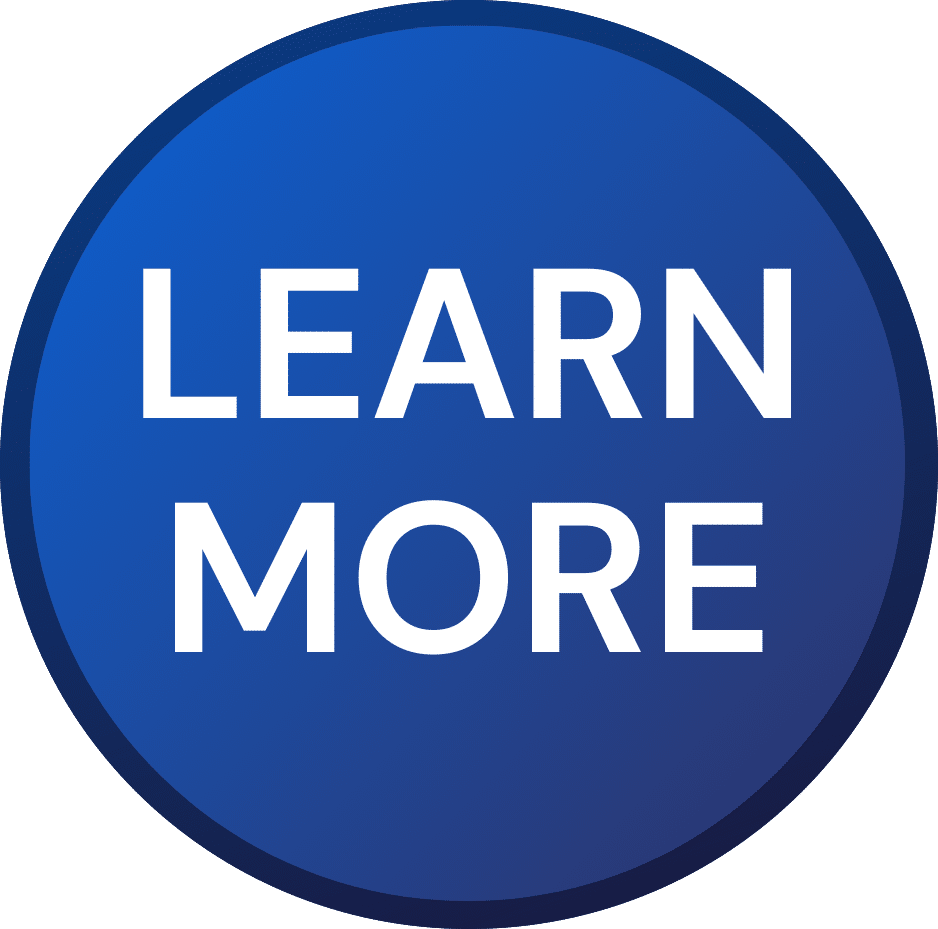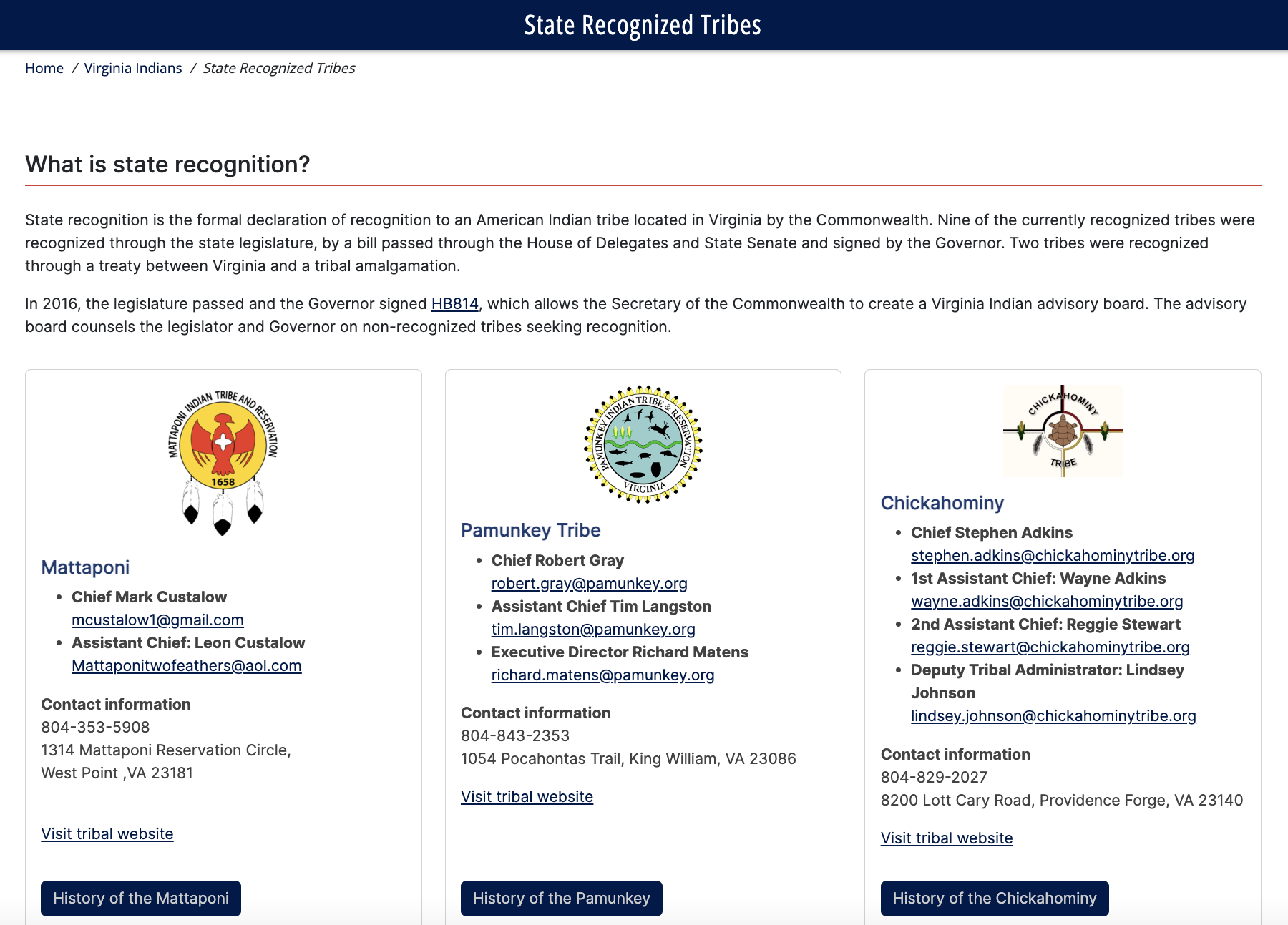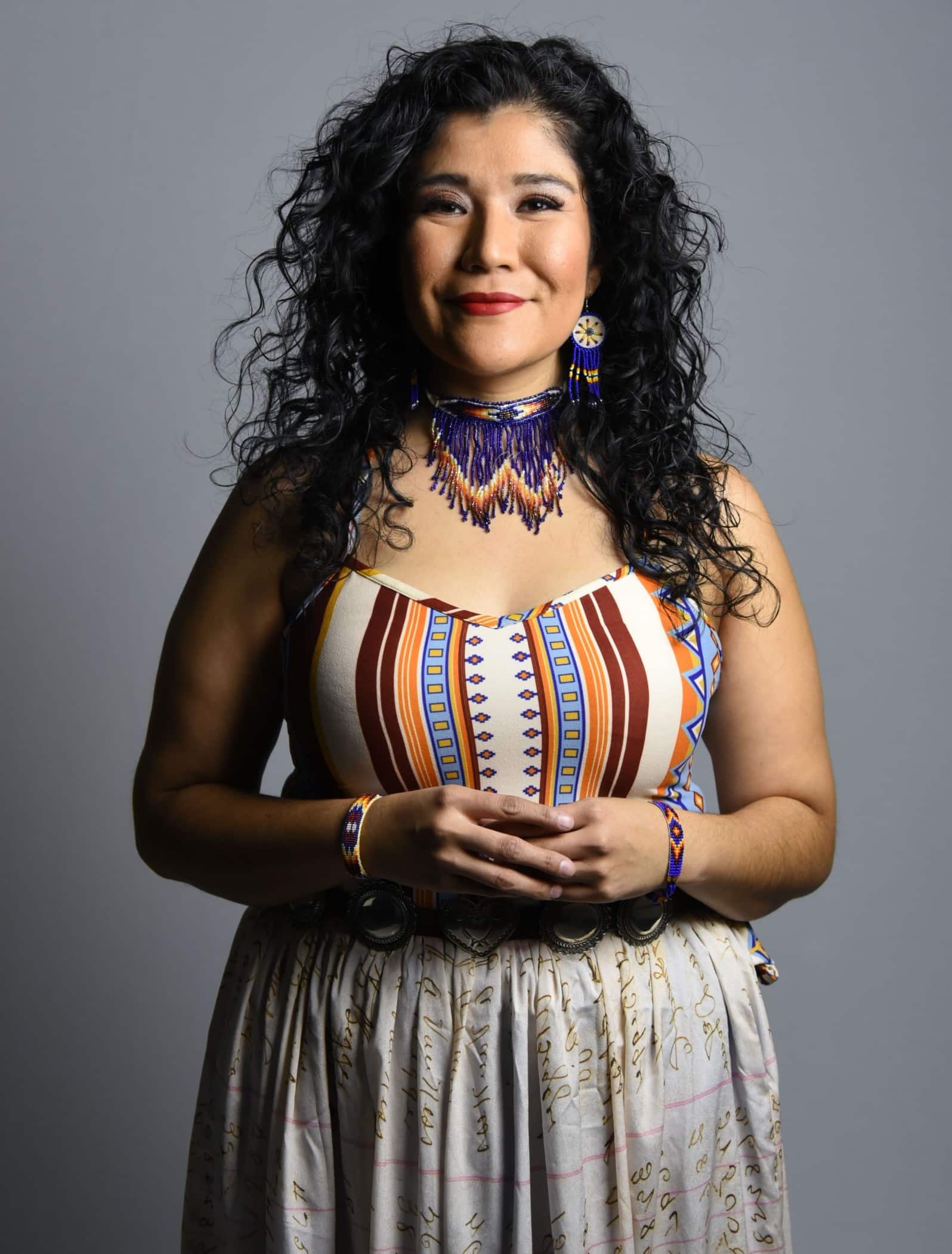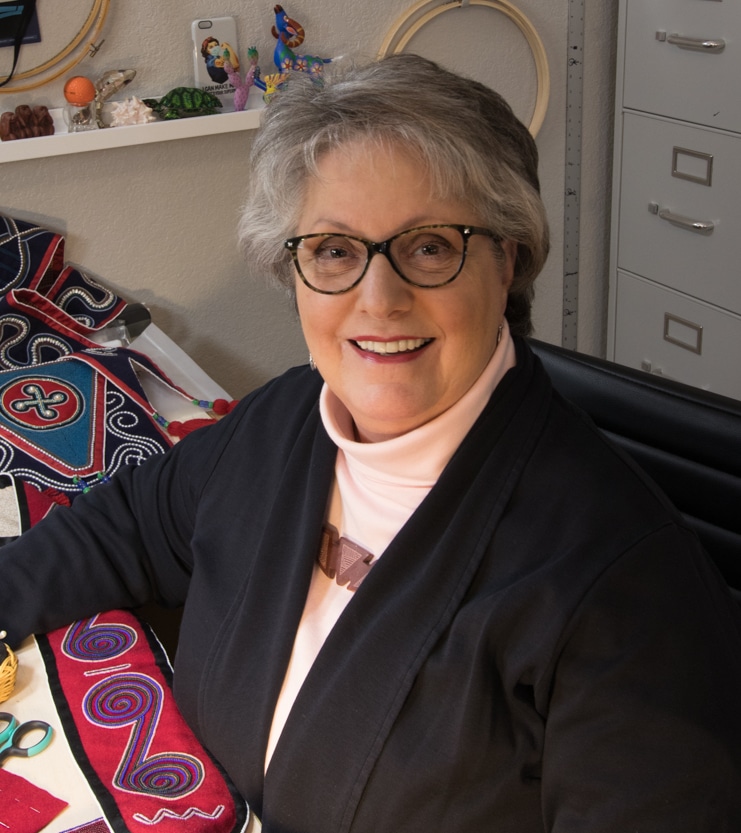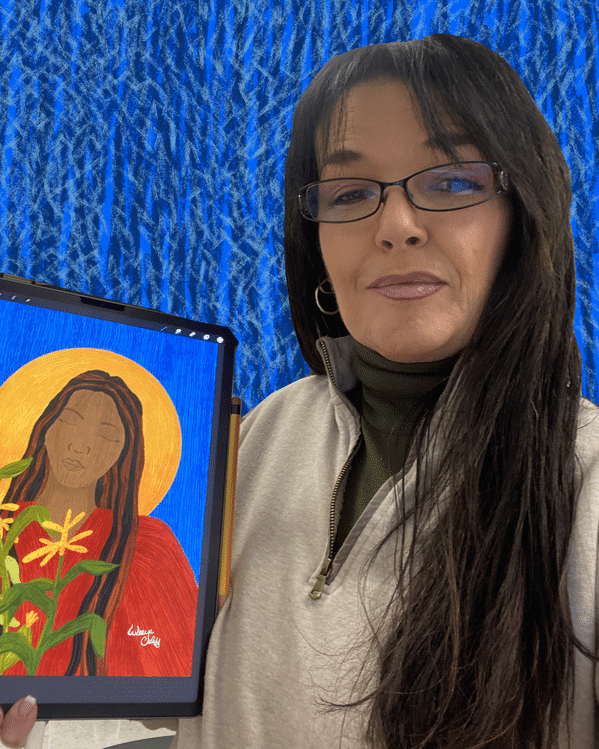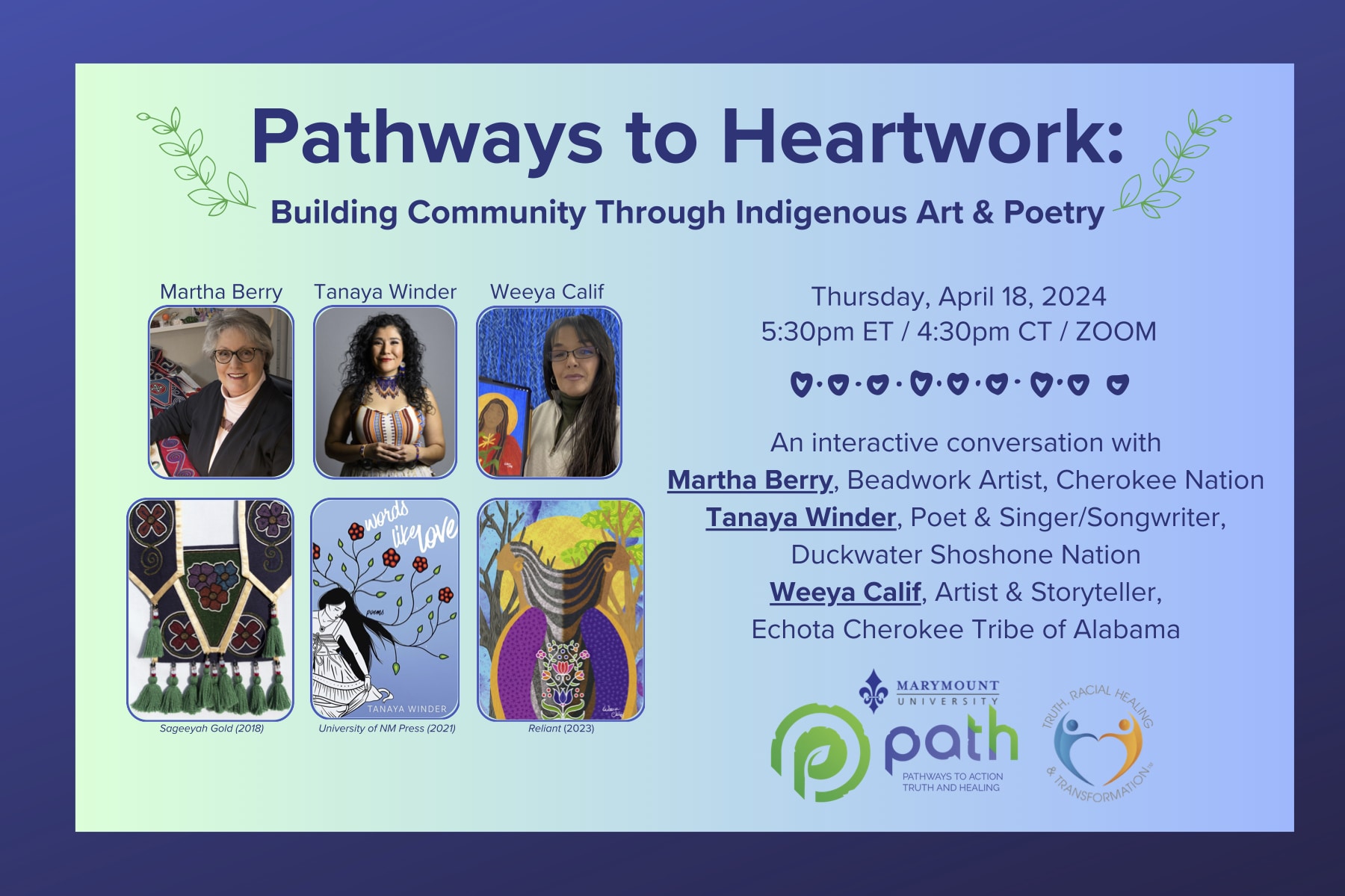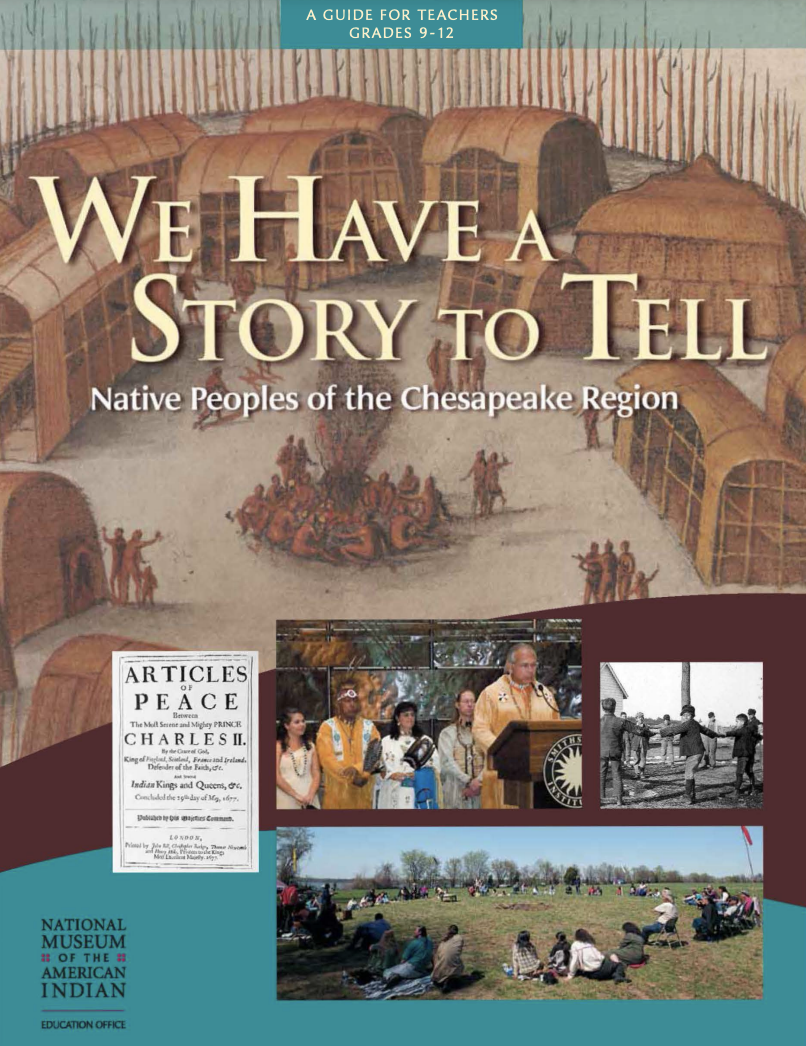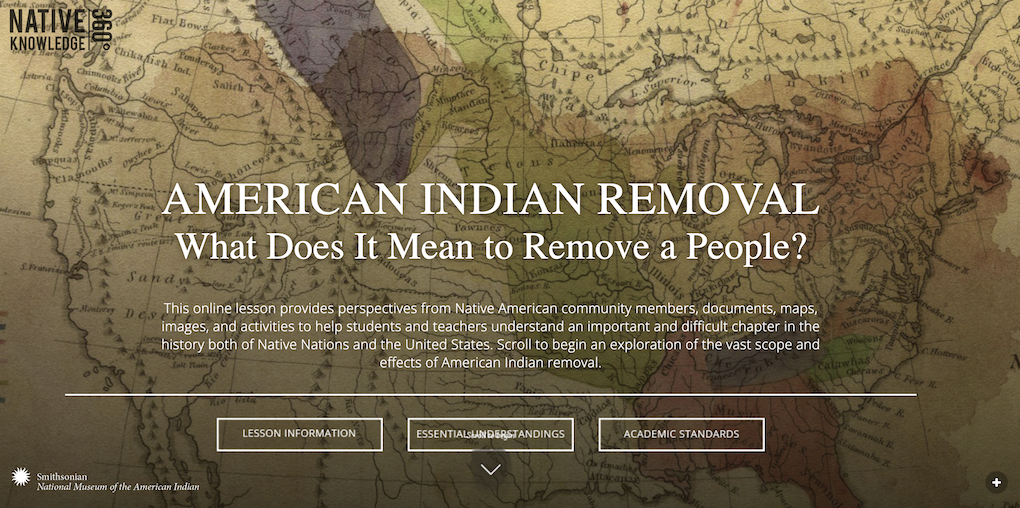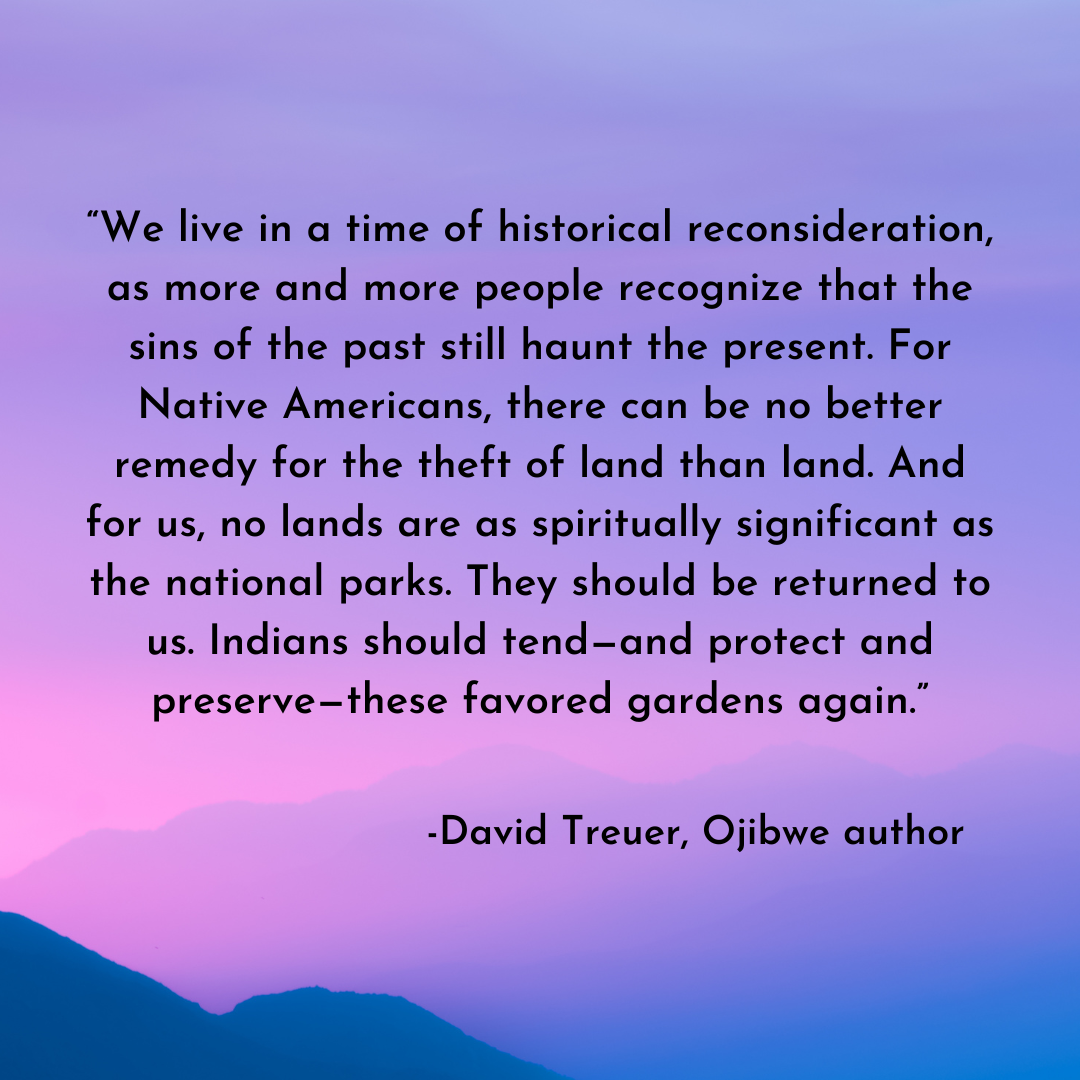Learn More: Educational Resources
The PATH project is an educational tool and call to action that centers Indigenous worldviews, movements, artists, authors, and histories.
We invite you to learn more about Indigenous ways of stewarding and protecting the environment and take action to build healthier and more just communities.
We welcome collaboration through student and community projects that develop the PATH further.
Explore the following resources to learn more about…
- State- and Federally-Recognized Tribes of Virginia
- Native Plants and Ethnobotany
- Indigenous Foodways
- Indigenous Artists and Artwork
- Reclaiming Native Truths*
- Repairing Harms to Indigenous Communities
- Environmental Justice and Land Back
State- and Federally-Recognized Tribes of Virginia
Virginia has 7 federally-recognized tribes* and 11 state-recognized tribes. Learn more about each tribe here or at each tribal website linked below.
- Mattaponi
- Pamunkey*
- Chickahominy*
- Eastern Chickahominy*
- Rappahannock*
- Upper Mattaponi*
- Nansemond*
- Monacan*
- Cheroenhaka (Nottoway)
- Nottoway
- Patawomeck
Native Plants and Ethnobotany
LEARN MORE about the Indigenous Peoples’ Perspectives Project, developed by the Adkins Arboretum and Washington College Food Initiative to explore “the importance of more than 20 native plants to the food, craftwork, and medicinal traditions of Indigenous peoples of the Chesapeake region” and “encourage a paradigm shift from land as capital to land as sacred teacher, healer, and sustainer.”
WATCH: Indigenous Peoples Perspective Project: Nature as Medicine
Additional Resources
- Ethnobotany – U.S. Forest Service
- Braiding Sweetgrass: Indigenous Wisdom, Scientific Knowledge, and the Teachings of Plants by Robin Wall Kimmerer
- Plants Have So Much to Give Us, All We Have to Do Is Ask: Anishinaabe Botanical Teachings by Mary Siisip Geniusz
- Native American Ethnobotany Database*
- International Society of Ethnobiology Code of Ethics
Indigenous Foodways
The Indigenous Seed Rematriation and Food Sovereignty movements are thriving!
“Our ancestors understood how to live in balance with the natural world. Indigenous foods are the original foods of this continent. It’s important we recognize that and start celebrating those foods.” – Award-winning Oglala Lakota Sioux Chef, Sean Sherman
WATCH Chef Sean Sherman’s Mission to Bring Back Indigenous Foods.
“It’s not just about growing seeds…It’s about cultivating the relationship and the whole history of that seed and why our ancestors did everything they could to protect them…You can’t have food sovereignty without seed sovereignty and that’s why this work is so important.” –Jessika Greendeer (Ho-Chunk Nation)
WATCH the Indigenous Seed Rematriation 2020 video by Seed Savers Exchange.
Additional Resources
- Native American Food Sovereignty Alliance
- Indigenous Food Systems Network
- USDA Indigenous Food Sovereignty Initiative
- Gathering Maple Sugar the Traditional Anishinaabe Way
- Decolonizing Maple Syrup
- Alliance of Native Seed Keepers
- Sierra Seeds + Indigenous Seedkeepers Network
- Popular Science – Indigenous Farmers are ‘Rematriating’ Centuries-Old Seeds to Plant A Movement
WATCH Gather: First Nations Development Institute’s documentary film on the Native American food sovereignty movement.
The Three Sisters
Corn, beans, and squash are often called the Three Sisters by Indigenous peoples because the three plants nurture each other like family when planted together. In a method called “companion planting,” Indigenous tribes, such as the Monacan, Cherokee, and Haudenosaunee (Iroquois) plant corn first, which offers structure to support the vining bean growth. The beans enrich the soil by providing nitrogen, and low plants like squash provide shade for weed inhibition and moisture retention.
- How To Grow A Three Sisters Garden – Native Seeds SEARCH
- Three Sisters: Companion Planting of North American Indigenous Peoples
WATCH: The Three Sisters: When Ancient Wisdom Beats Modern Industry
Indigenous Artists and Artwork
“We honor and support the Collective Spirit of First Peoples artists and culture bearers. By supporting artists and culture bearers, First Peoples Fund helps Native communities heal and thrive. Collectively, we approach our work with rootedness, intuition, listening, humility and deep relationships.” – First Peoples Fund
WATCH: NMAI – Indigenous Youth Poet Warriors – Youth in Action: Conversations about Our Future
The MU PATH Featured Artists
Tanaya Winder
Tanaya Winder is a poet, singer/songwriter, and spoken word artist from the Duckwater Shoshone, Southern Ute, and Pyramid Lake Paiute Nations. Tanaya’s poetry collections include Words Like Love (2015) and Why Storms Are Named After People and Bullets Remain Nameless (2017). She has a powerful TED talk called “Igniting Healing” and has co-founded an online literary magazine called As/Us: A Space for Writers of the World. Follow her on Instagram @tanayawinder.
WATCH: Love Lessons in a Time of Settler Colonialism by Tanaya Winder
Martha Berry
Martha Berry is an artist and citizen of the Cherokee Nation who has been creating traditional Cherokee beadwork for over four decades. In her pieces, Martha uses materials, techniques, and designs that are period authentic to early 19th century Cherokee beadwork. The Cherokee Nation has designated Martha a Cherokee National Treasure and a Cherokee Nation Honored Elder for her work in preserving Cherokee customs and heritage. Her piece on display in MU’s library is called Kamama, which means “butterfly” in Cherokee. Follow her on YouTube here.
“Martha Berry has played a vital role in reviving the practice of Southeastern-style beadwork that was nearly lost after the Trail of Tears. Learn how her journey in search of knowledge and artistry helped lead to a renaissance of Cherokee and Southeastern beadwork.” – Osiyo TV
WATCH: Martha Berry, Leading a Beadwork Revival by Osiyo TV
Weeya Calif
Weeya Calif is an award-winning artist, educator, storyteller, and citizen of The Echota Cherokee Tribe of Alabama. Her artwork represents Southeast Woodlands tribes, and her storytelling keeps her culture’s oral traditions alive, as passed down through generations of her family. She uses themes of balance, harmony, and nature in her work, along with vibrant colors, to celebrate the enduring wisdom of Indigenous communities. Her pieces on display in MU’s library are The Three, Reliant, and MMIW: Missing and Murdered Indigenous Women. Follow her on Instagram @weeyacalif.

WATCH: Pathways to Heartwork: Building Community Through Indigenous Art & Poetry
Additional Resources
- Justice Through the Eyes of Native Artists – First Nations Development Institute
- “Art is an integral part of Native culture, serving as a way to visually address complex issues, emotions, and ideas, while preserving and perpetuating Native knowledge systems. In this virtual gallery, curated by Danielle SeeWalker, select Native artists share their artwork or an artistic production that depicts or reflects Native justice in their communities through the artist’s eyes.” -First Nations Development Institute
- SRTAG – State Recognized Tribal Artists Guild
- The MU PATH – Taking Next Steps – Reinsch Library – Arlington, VA
- NRDC – Five Indigenous Poets Explore Loss and Love of Their Native Lands
- Hearts of Our People: Native Women Artists – Minneapolis Institute of Art
- WYLD Gallery – Original Native American Artwork – Austin, TX
- Art and Activism: Environmental Protection and Contemporary Indigenous Art – The Met
- Native Art, Native Voices: A Resource for K-12 Learners – Minneapolis Institute of Art*
- Indigenous Art – See Great Art
Reclaiming Native Truths
“Reclaiming Native Truth is a national effort to foster cultural, social and policy change by empowering Native Americans to counter discrimination, invisibility and the dominant narratives that limit Native opportunity, access to justice, health and self-determination.” -Reclaiming Native Truth Project – First Nations Development Institute
WATCH: Reclaiming Native Truth Intro
FOLLOW: Building a Movement for Native Justice – First Nations Development Institute
“In Native communities, there are increasing calls for justice, the return of Native lands, the repatriation of Native bodies and sacred objects, and an acknowledgement of the historical wrongs perpetuated against Indigenous peoples. But what exactly does Native justice look like? First Nations convened 16 Native leaders and knowledge holders to explore this question and share frameworks for achieving Native justice through the knowledge and traditions that have guided Indigenous people since time immemorial.” –Exploring Native Justice Essays – First Nations Development Institute
Teacher Resources
- NMAI Native Knowledge 360 – We Have A Story To Tell: Native Peoples of the Chesapeake Region – Teacher Guide
- Teacher Resources on VA’s First Peoples Past & Present
- Developing Stamina for Decolonizing Higher ED: A Workbook for Non-Indigenous People – Gesturing Toward Decolonial Futures
- The Heartbeat of Wounded Knee: Native America from 1890 to the Present by David Treuer
- An Indigenous Peoples’ History of the United States by Roxanne Dunbar-Ortiz
- Missing & Murdered Indigenous Women (MMIW)
Thanksgiving
- Historian Roxanne Dunbar-Ortiz on Thanksgiving: “It has never been about honoring Native Americans”
- Tommy Orange Op-Ed: Thanksgiving is a tradition. It’s also a lie
WATCH: Thanksgiving – One Word – Native American – Cut
Museums & Exhibits
- NMAI Exhibition – Return to a Native Place: Algonquian Peoples of the Chesapeake – Washington, D.C.
- Indian Arts and Crafts Board – Museums and Virtual Exhibitions
- Indigenous Perspectives: An Exhibition – Library of Virginia – Richmond, VA
WATCH: Library of VA – Indigenous Perspectives on Land and Environment
- Pamunkey Museum & Cultural Center – King William, VA
- Patawomeck Museum & Cultural Center – Fredericksburg, VA
- Monacan Nation Museum – Amherst, VA
WATCH: Monacan Museum – On the Road
Repairing Harms to Indigenous Communities
Indian Removal and Land Grabs
- NMAI Native Knowledge 360 – American Indian Removal: What Does It Mean to Remove a People? – Online Lesson
- Sacred Land Film Project (+ Teacher Guides)
- “There would be no higher education as we know it in the United States without the original and ongoing colonization of Indigenous peoples and lands, just like there would be no United States.” –Sharon Stein, Associate Professor, University of British Columbia
- Land-Grab Universities: Expropriated Indigenous Land is the Foundation of the Land-Grant University System – High Country News
- Native Americans Call for Reparations from ‘Land-Grab’ Universities – Washington Post
- President Obama signs Joint Resolution 14 on December 19, 2009 “to acknowledge a long history of official depredations and ill-conceived policies by the Federal Government regarding Indian tribes and offer an apology to all Native Peoples on behalf of the United States.”
- Obama Signs Native American Apology Resolution; Fails to draw attention to it – Indian Country Today
WATCH: What Good is an Apology – Sacred Land Film Project
Federal Indian Boarding School Initiatives
The U.S. Conference of Catholic Bishops formally apologized on June 14, 2024 for the Catholic Church’s role in the forced assimilation of Indigenous youth in North American boarding schools in the 19th and 20th centuries: “We apologize for the failure to nurture, strengthen, honor, recognize, and appreciate those entrusted to our pastoral care.” See A Pastoral Framework for Indigenous Ministry for more information.
On July 25, 2022, Pope Francis formally apologized for the role of the Catholic Church in the cultural destruction and forced assimilation of the Indigenous residential schools in Canada. READ his full apology here.
- The Indian Child Welfare Act – PBS Learning Media – Teacher Resources
- US Department of the Interior – Federal Indian Boarding School Initiative
- The National Native American Boarding School Healing Coalition
- Federal Indian Boarding School Initiative Investigative Report – May 2022*
- Facing History & Ourselves – Stolen Lives: The Indigenous Peoples of Canada and the Indian Residential Schools
Environmental Justice and Land Back
“The goal of the Stewarding Native Lands program is to provide financial and technical assistance to support Native ecological stewardship and improve Native control of and access to ancestral lands and resources to ensure the sustainable, economic, spiritual and cultural well-being of Native communities.” –First Nations Development Institute – Stewarding Native Lands
Environmental Justice
WATCH: Stewarding Native Lands: First Nations Development Institute
- Environmental Justice and Indian Country – First Nations Development Institute
- Indigenous Environmental Network (IEN)
- IEN’s Thrive (#THRIVE4NDNCOUNTRY) Initiative
- “Since Time Immemorial”: How Indigenous People Are Reviving Traditional Stewardship
- How Tribes Are Reclaiming and Protecting Their Ancestral Lands From Coast to Coast – Audubon Magazine
WATCH: I Must Return the Gift – “As we work to heal the Earth, the Earth heals us.”
Drawing on the work of Potawatomi scholar Dr. Robin Wall Kimmerer, this short film by Phoebe Lyn Pinkner focuses on “concepts of Indigenous wisdom, the power of spending uninterrupted time in nature, the spiritual dimension of environmental work, and how joy is an essential ingredient to our activism.”
Land Back
The Land Back Movement advocates for the return of lands, land management, and tribal sovereignty to Indigenous peoples.
WATCH: “Since Time Immemorial”: How Indigenous People Are Reviving Traditional Stewardship – Nature Lab by The Nature Conservancy
- Should Native Americans Control National Parks? – PBS News Hour
- National Parks Should Be Controlled By Indigenous Tribes – NPR
- Return the National Parks to the Tribes by David Treuer – The Atlantic
- Joint Secretarial Order on Fulfilling the Trust Responsibility to Indian Tribes in the Stewardship of Federal Lands and Waters – U.S. Department of the Interior / USDA – November 15, 2021
- Tribal Co-Management of Federal Lands – Statement of Charles Sams, NPS Director – March 8, 2022
- Strengthening Tribal Consultations and Nation-to-Nation Relationships: A USDA Forest Service Action Plan – February 2023 (Press Release) (Tribal Action Plan in Action – September 2023)
- ANNUAL REPORT ON TRIBAL CO-STEWARDSHIP Implementation of Joint Secretarial Order 3403: Fulfilling the Trust Responsibility to Indian Tribes in the Stewardship of Federal Lands and Waters – December 2023




